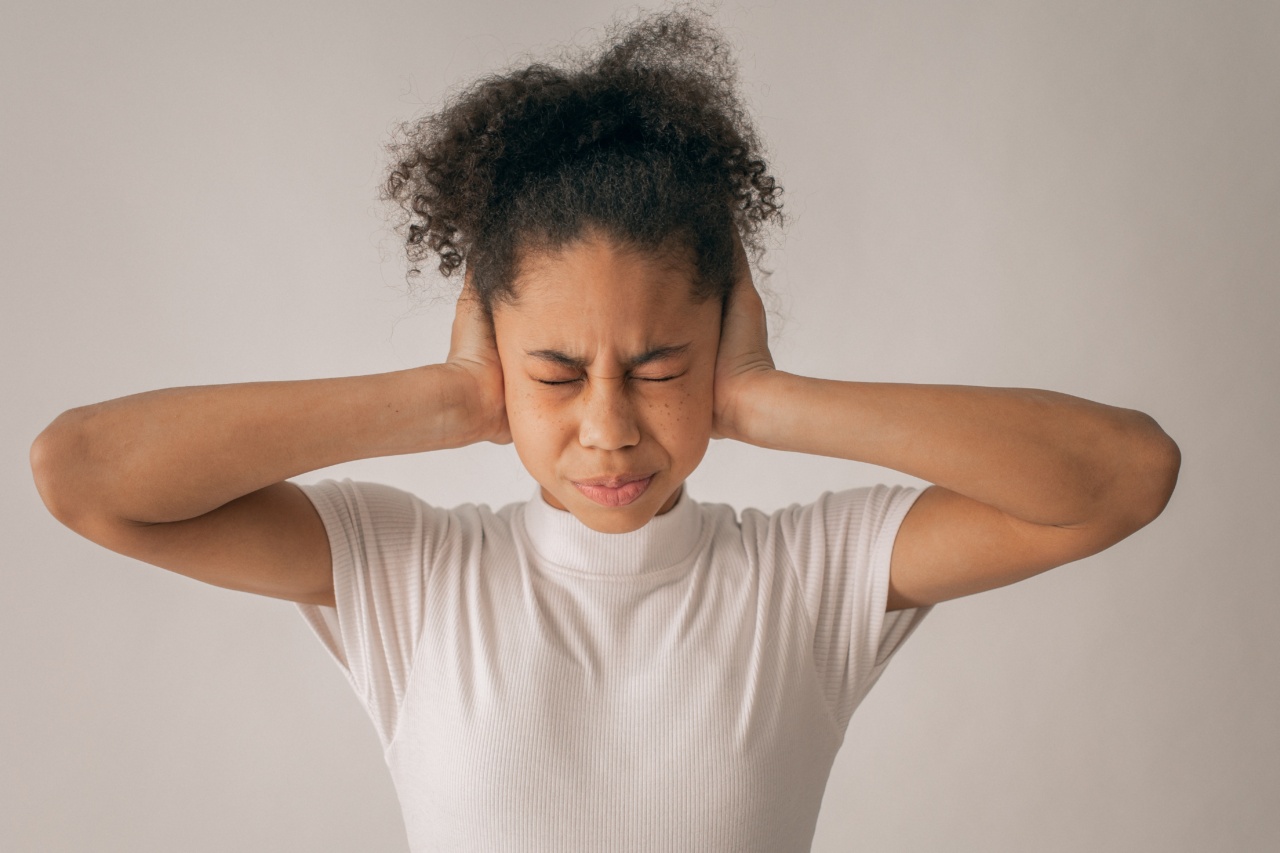In recent years, there has been a concerning increase in childhood blood pressure levels. High blood pressure, also known as hypertension, was once commonly associated with adults, but it is now becoming prevalent among children as well.
This rise in childhood blood pressure levels is alarming and warrants attention from parents, healthcare professionals, and policymakers.
Understanding Childhood Blood Pressure
Blood pressure measures the force exerted by blood against the walls of the arteries. It consists of two numbers: systolic pressure over diastolic pressure.
The systolic pressure represents the force when the heart contracts, while the diastolic pressure reflects the force when the heart is at rest between beats.
In adults, blood pressure is typically considered normal when it falls below 120/80 mmHg (millimeters of mercury).
The Prevalence of Childhood Hypertension
Traditionally, high blood pressure has been associated with older age groups. However, recent studies have shown that childhood hypertension is becoming increasingly common.
According to the American Heart Association, approximately 3.5% of children and adolescents in the United States suffer from hypertension. This prevalence is even higher among certain populations, such as overweight and obese children.
Causes of Childhood Hypertension
There are several factors contributing to the rise in childhood blood pressure levels. One major factor is the increasing prevalence of obesity among children.
The epidemic of childhood obesity has led to higher rates of hypertension, as excess weight puts additional strain on the cardiovascular system.
Inactivity and sedentary lifestyles are also major contributors.
With the prevalence of electronic devices and sedentary activities, children are spending more time indoors, leading to less physical activity and an increased risk of developing high blood pressure.
Additionally, poor dietary habits, such as consuming a diet high in sodium and processed foods, can contribute to hypertension in children. Excessive sodium intake can lead to fluid retention and increased blood pressure.
The Health Consequences of Childhood Hypertension
The consequences of childhood hypertension can be serious and long-lasting. High blood pressure puts children at risk of developing various health conditions, including:.
1. Cardiovascular disease: Elevated blood pressure in childhood increases the risk of cardiovascular diseases, such as heart disease and stroke, later in life.
2. Organ damage: High blood pressure can damage the kidneys, leading to kidney disease. It can also cause damage to the blood vessels and heart, which can have long-term implications for overall health.
3. Cognitive effects: Research suggests that hypertension in childhood may impact cognitive function, including attention, memory, and learning abilities.
4. Emotional well-being: Children with high blood pressure may experience emotional and psychological challenges, such as poor self-esteem and depression.
Prevention and Management
It is essential to address childhood blood pressure levels to prevent long-term health consequences and improve overall well-being. Here are some strategies for prevention and management:.
1. Healthy eating: Encourage children to consume a balanced and nutritious diet rich in fruits, vegetables, whole grains, and lean proteins. Limit their intake of sodium, sugary drinks, and processed foods.
2. Regular physical activity: Promote an active lifestyle by encouraging children to engage in regular physical activity. Limit sedentary behavior and screen time.
3. Weight management: Support children in maintaining a healthy weight through a combination of a healthy diet and regular physical activity. This can significantly reduce the risk of developing hypertension.
4. Regular check-ups: Schedule regular blood pressure check-ups with a healthcare professional. Early detection and intervention are key to managing hypertension effectively.
5. Education and awareness: Raise awareness among parents, teachers, and healthcare professionals about the importance of monitoring blood pressure in children. Proper education can help identify potential risks and implement preventive measures.
The Role of Parents and Healthcare Professionals
Parents play a crucial role in shaping their children’s lifestyle and habits. By fostering a healthy environment at home and encouraging positive behaviors, parents can significantly impact their children’s blood pressure levels.
This includes providing nutritious meals, engaging in physical activities together, and setting limits on screen time.
Healthcare professionals also play an essential role in addressing childhood hypertension. Regular check-ups should include blood pressure measurements to detect any abnormalities early on.
They can also provide guidance on healthy lifestyle habits and offer support to children and their families.
The Importance of Policy Changes
Addressing the rising blood pressure levels in children requires a comprehensive approach, including policy changes.
Governments, educational institutions, and healthcare systems must work together to create and enforce policies that promote healthier environments for children.
Some possible policy changes include implementing guidelines for school nutrition programs, increasing access to affordable fruits and vegetables, and promoting physical education in schools.
By creating supportive environments, policymakers can help reduce childhood blood pressure levels and improve long-term health outcomes.
Conclusion
The rise in childhood blood pressure levels is a cause for concern. It is crucial to address this issue promptly to prevent long-term health consequences.
By focusing on prevention, education, and policy changes, we can work towards a healthier future for our children.




























